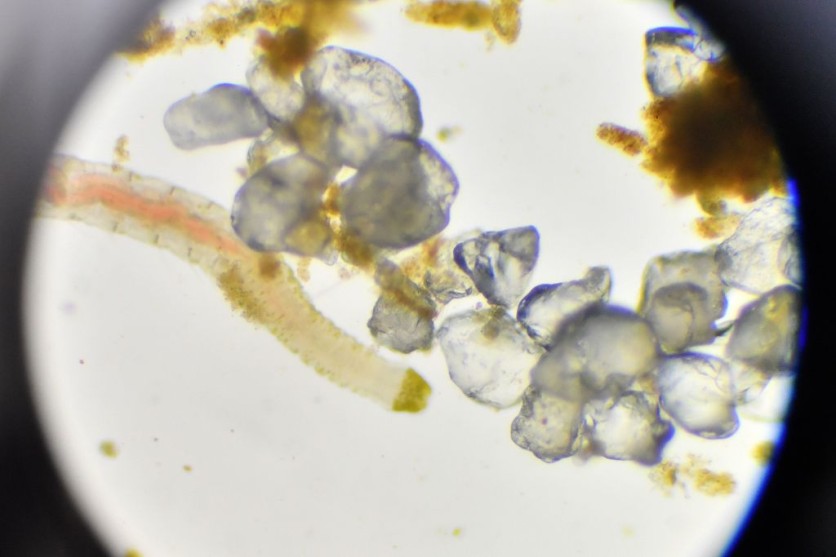In the world of sustainable construction, an exciting discovery has emerged from the ocean depths. Sandcastle worms have become an unexpected source of inspiration for future eco-friendly building materials. Sandcastle worms are tiny marine creatures that are only about two inches long.

Inspiring Innovative Low-Carbon Building Materials
Interesting Engineering reported that this groundbreaking finding was announced by a research team led by Professor Wang Shutao at the Technical Institute of Physics and Chemistry, part of the esteemed Chinese Academy of Sciences.
Researchers have been exploring alternatives, including Sublime System's zero-emissions cement, recognized under ASTM C1157 standards, and Brimstone's carbon-negative cement, which aligns with ASTM C150 requirements.
Traditionally, cement-based building materials have been fundamental in the construction industry. Nonetheless, the considerable energy usage and carbon emissions tied to cement production have raised valid concerns about their sustainability.
Researchers have been diligently exploring alternative options, with a particular focus on different adhesives such as geopolymers and resins. Although these substitutes hold promise, they often have limitations when it comes to their environmental impact and practicality.
What distinguishes them is the composite adhesive they produce, which contains both cationic and anionic proteins. This unique combination allows them to securely bond grains, resulting in extraordinarily resilient structures.
The research team went on to create environmentally friendly, low-carbon building materials by utilizing oppositely charged bio-polymer adhesives. This innovative approach enables the construction of materials using a variety of grains, including desert sand, sea sand, and concrete slag.
Significantly, this process was accomplished under low temperatures and atmospheric pressure, making it both sustainable and energy-efficient.
Traditional Building Materials
Although traditional building materials based on cement have been vital in the construction industry, it is increasingly imperative to acknowledge their environmental repercussions.
EurekAlert! reported that the manufacturing of cement carries a substantial carbon footprint, making a noteworthy contribution to the emission of greenhouse gases.
The production of cement entails the use of high temperatures, leading to substantial energy consumption, and the emission of carbon dioxide as limestone is transformed into clinker adds to its environmental impact.
Moreover, the extraction of raw materials like limestone and clay results in habitat destruction, disruption of ecosystems, and a significant carbon footprint, further exacerbated by the transportation of these materials
These materials inspired by sandcastle worms have emerged as a potential game-changer. They hold the promise of substantially reducing energy consumption and carbon emissions, all the while delivering exceptional mechanical performance.
Fueled by the backing of the National Natural Science Foundation of China and the International Partnership Program of the Chinese Academy of Sciences, this initiative not only presents fresh opportunities for eco-friendly construction.
As per the journal Matter, this also underscores the significance of seeking inspiration from nature to develop sustainable solutions.
Related Article : Scientists Revive Ancient Ice Age Worms, Discovering New Species with Remarkable Hibernation Genes

![Apple Watch Series 10 [GPS 42mm]](https://d.techtimes.com/en/full/453899/apple-watch-series-10-gps-42mm.jpg?w=184&h=103&f=9fb3c2ea2db928c663d1d2eadbcb3e52)



